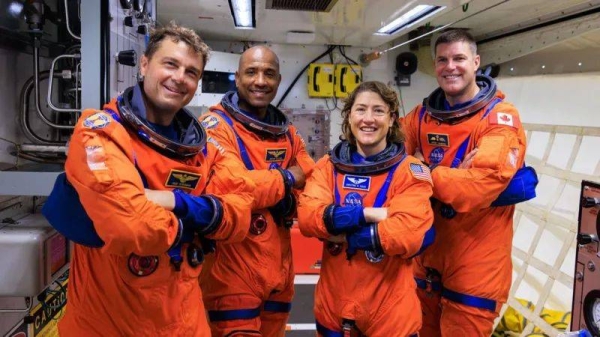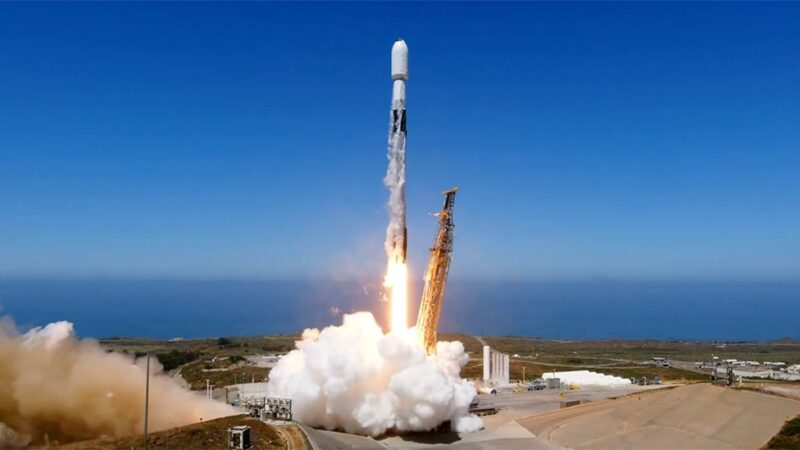Nobel laureate John Goodenough, co-inventor of the game-changing lithium battery, passes at 100
John Goodenough, the renowned scientist who was awarded the Nobel Prize in chemistry in 2019 for his groundbreaking work on the lithium-ion battery, which revolutionised technology by providing rechargeable power for various devices, has passed away at the age of 100. The University of Texas announced his death on June 26, stating that he died at an assisted living facility in Austin, although the cause of death was not disclosed. Goodenough had been a faculty member at the university for nearly four decades.
At the time of receiving the Nobel Prize, Goodenough became the oldest person ever to be honoured with this prestigious award. He shared the prize with M. Stanley Whittingham, a British-born American scientist, and Akira Yoshino from Japan. Although not widely recognised by the general public, Goodenough’s research had a profound impact on the development of portable electronic devices such as smartphones, tablets, and countless other devices that rely on rechargeable batteries.
The journey towards the creation of lithium-ion batteries spanned more than ten years of intense research and development. Whittingham expressed his surprise in 2019, admitting that he never anticipated the far-reaching implications of his work several decades ago.
Each of the Nobel laureates—Goodenough, Whittingham, and Yoshino—contributed unique breakthroughs that paved the way for the commercialization of rechargeable batteries. Together, they shared a prize of $900,000. While early versions of the lithium-ion battery were deemed too hazardous for widespread commercial use, Yoshino’s work in the 1980s led to the removal of pure lithium, a volatile component, and its substitution with safer lithium ions. The first lightweight, safe, and long-lasting rechargeable batteries entered the market in 1991.
Goodenough, who was born in Jena, Germany, in 1922 but spent his formative years in the United States, earned a Ph.D. in chemistry from the University of Chicago. He began his career at the Massachusetts Institute of Technology, where his research laid the groundwork for the development of random-access memory for digital computers. Later, while serving as the head of the Inorganic Chemistry Laboratory at the University of Oxford in England, he made his groundbreaking discovery regarding lithium-ion batteries.
In 1986, Goodenough joined the faculty at the University of Texas, where he continued to teach and conduct research on battery materials and solid-state science and engineering until his Nobel Prize recognition.






